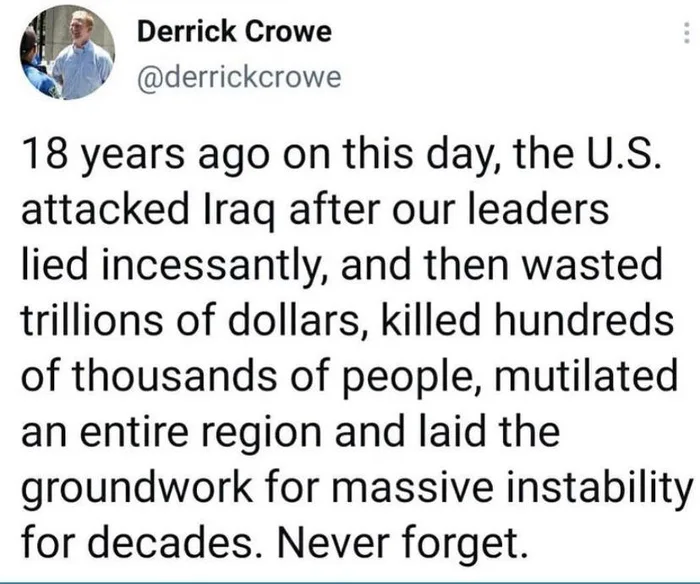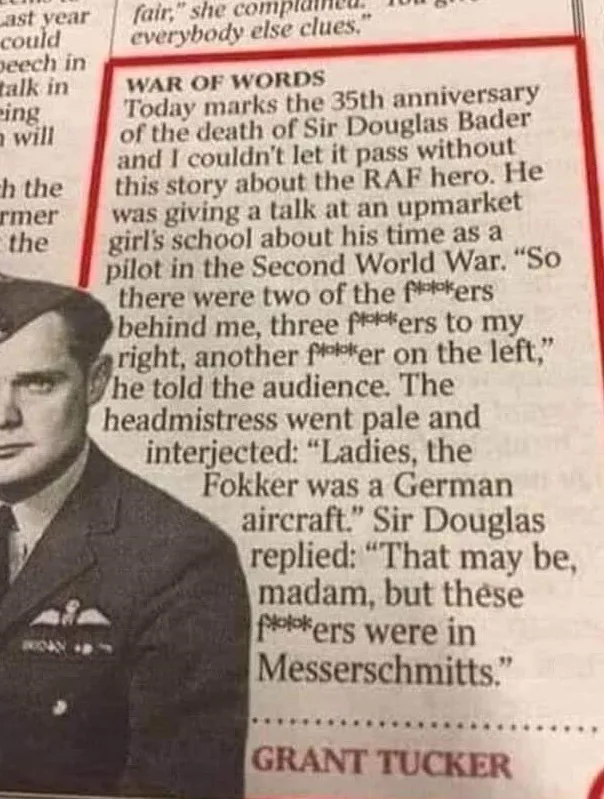.
Today I shall present a model of how armed forces deal with a threat that has a geographic origin. In other words, a model that brings all of warfare into an abstract level and looks at it in a particular way. It's a framework of sorts for looking especially at inter-state war. Be warned; this is going to be long.
- - - - -
Let's use a simple case, the case of a fictional European naval war around 1900. Two navies oppose each other, one is supposed to raid commerce and coastal settlements, the other is supposed to defend against this.
The point of origin of the threat is one particular naval base. The attacker's warships should leave that base, find targets on or at the European waters and the world's oceans, harm or capture them and return. Rinse repeat. We'll see there are stages at which the threat can be countered (or "options with which the threat can be countered") by the defending party:
- - - - -
The first stage is to prevent the attacker's shipyards from building more warships. Air power was not yet capable of that in the scenario, but political and blockade measures to limit the availability of materials was possible. So this is the first stage of defence: Reduce the reinforcements and replenishment to the attacker's base of operations.
The second stage is to attack the base itself, or the attacker's fleet inside the base. This was doable at the time with a naval bombardment or small boats entering the port with explosive munitions.
The third stage is to intercept whatever attacker's forces leave their base of operations within a defined geographic area. This may be an offensive naval minefield, but it could also be an actual cordon of patrolling scout ships and a patrolling or sortieing battle fleet.
The fourth stage is to intercept gradually. It's a bit misleading to count is as fourth, for it could happen in front of the third stage, behind it (against ships that leaked through the cordon) or instead of the third stage. You may thus alternatively think of options instead of stages.
The fifth stage is to patrol the seas and hunt for commerce raiders with hunting groups far away from the attacker's base of operations.
The sixth stage is to protect maritime transportation with a convoying system, providing escorts to convoys.
The seventh stage is to secure certain important yet relatively small areas, for example at straits. This would not intercept the threat in general, just for a small area. Another facet of this stage is to provide coastal defences to coastal settlements.
- - - - -
All of these stages were used in naval warfare, often times many of them in parallel and thus likely wasting resources by lack of focus. Some examples are
(1) Most naval blockades had this effect, also diplomatic efforts to reduce neutral countries' deliveries of essential raw materials.
(2) Battle of Port Arthur 1904, Attack on Mers el Kebir 1940, attack on Alexandria 1941, attack on Pearl Harbour 1941, attack on the Tirpitz 1943
(3) Offensive minefields were used much during WW2, and the NATO maintained an anti-Soviet submarines cordon North of Europe from Greenland to Iceland to United Kingdom (GIUK gap). The Entente also laid an enormous naval minefield barrier between Scotland and Norway in late WWI after already establishing one against submarines in the Strait of Dover. The German minefields between Estonia and Finland in 1942-1944 also fit.
(4) This fits to Royal navy actions in the Eastern Mediterranean 1940/1941, and also to the American submarine campaign against Japan in 1943-1945.
(5) This is exemplified by the Royal Navy hunting groups for German commerce raiders in 1914 and in 1939-1941. The anti-submarine hunting groups in the Bay of Biscay in 1944 do also fit.
(6) Convoys were widely used, examples were the Spanish Silver fleets of the 16th and 17th century and naval convoying in late WWI and WW2.
(7) coastal defences all around the world, Soviet naval "bastions"
- - - - -
There are actually at least two more stages (or options). They just don't quite fit into the scenario, but I shall add them as #8 and #9:
The eighth option is to shadow attacker's forces as they leave port and go on a patrol. This is mostly feasible during peacetime (today's SSNs trying to shadow SSBNs, "fishing boats" shadowing surface warships) and becomes important at the start of hostilities, but it also happened to the Bismarck during wartime when inferior but fast enough British cruisers attempted to keep track of its course till battleships or carriers could engage it. The attacker side can also use this, example being the German submarines shadowing a convoy as "Fühlunghalter" in wolfpack tactics.This could be re-interpreted as a possible action of a defender against an invasion fleet
The ninth option is to cause harm to infrastructure so the attacker's forces could not operate well. This would be possible by damaging or blocking canals, but also by going after replenishment ships in addition to countering the raiders themselves directly. This happened to German replenishment ships in 1940-1942, and also to German refuelling submarines in the Atlantic during WW2.
- - - - -
The ninth option makes it obvious that all of this could just as well be applied to land warfare. Let's look at examples from the land domain:
(1) Allied air attacks on German armament industry in 1943-1945
(2) Artillery strikes on marshalling areas before frontline breakthrough operations. This was a huge thing in WW2 and often caused more casualties than the much shorter duration breakthrough operation itself.
(3) A static frontline with field fortifications, or a siege army besieging a fortress
(4) Counter-reconnaissance ambushes and patrols, mobile land warfare
(5) I mentioned an example of such defensive efforts here
(6) Protected land convoys in Indochina/Vietnam, Iraq, Afghanistan. Actually the Romans already lost legions in escort duty for food resupply convoys against the Parthians
(7) Security efforts at important bridges, at airbases, headquarters, mountain passes before they're part of a front line
(8) Mostly done by guerillas
(9) Scorched earth tactics including the burning of Moscow, destruction of rail lines, blowing up bridges or cratering of roads at bottlenecks with explosives during a withdrawal
- - - - -
I mentioned that the model will be applicable to practically all warfare, so here are examples from the air war domain as well:
(1) Allied air attacks on German and Japanese aviation industry in WW2
(2) Air attacks on airbases; Battle of Britain, Pearl Harbour, Six Days War
(3) Kammhuber Line, British heavy anti-air artillery dispositions in Kent until the V1 attacks, NATO's SAM belt of the mid and late Cold War in Germany
 |
Kammhuber line - German night air defences WW2
|
(4) combat air patrols
(5) OK, this one is not a very good case for historical analogies because aircraft have little endurance and extensive patrolling is thus difficult. The Fernnachtjagd of WW2 comes to mind, though. German nightfighters without radar flew offensive combat air patrols over Southeast England around 1941 to shoot down returning British night bombers.This does thus not quite fit into #3 or #4, as they targeted returning bombers. It's not a perfect match because the activity was close to the base.
(6) Civilian aircraft were as far as I know never escorted by fighters, but convoying has very much been used to protect bombers and support aircraft, from escorted photo reconnaissance aircraft of WWI to bombers through most of WW2, Korean War, Vietnam War and Iraq Wars.
(7) Point air defences, such as for airports or capitals (Baghdad, Berlin in WW2 and Moscow in Cold War were extremely well-protected with rings of air defences)
 |
Mosocw air defence rings as of 1965 per CIA
|
(8) Shadowing was used against American bombers in 1943/44 to help track the bomber fleets over Germany.
(9) Attack on support aircraft (tankers, electronic warfare, reconnaissance), energy/physical attack on satellites and their signals
- - - - -
Let's now name the nine options with all three domains and much of history in mind:
- Economic attack
- Base strike
- Cordoning
- Mobile warfare
- Hunting patrols
- Convoying
- Secured zones
- Shadowing
- Infrastructure attack
- - - - -
One final word before the summary lines: There is a 10th option. This option is to NOT counter the threat ("10. Enduring the problem"), but to endure it as the lesser evil compared to the effort of countering it. This may seem counter-intuitive, but it is and always was an option. I mentioned an example here regarding the non-necessity of ASW for the Italian Navy.
One could also come to the conclusion that all the craze post-9/11 did hurt the West A LOT more than the attack itself. Maybe doing nothing in return would have been suboptimal, but the very thought of choosing to NOT do something might have been a helpful thought and kept the West from harming itself in a myriad of ways.
- - - - -
These abstract nine options of countering a threat of specific geographic origin were thus shown to be very much applicable to the warfare domains of sea, air and land. They were observable through much of history.
Part II will cover some lessons that can be easily seen and drawn from this nine options/stages model.
S O
defence_and_freedom@gmx.de
.







